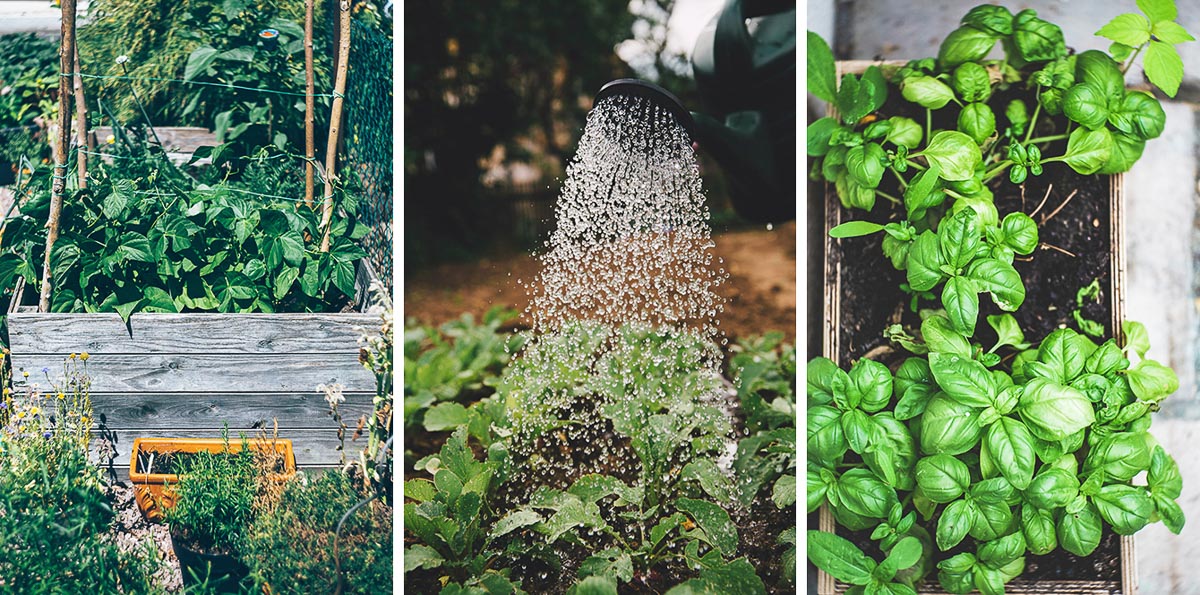5 Simple Techniques For City Blooming
5 Simple Techniques For City Blooming
Blog Article
City Blooming Fundamentals Explained
Table of ContentsExcitement About City BloomingAll About City BloomingAll About City BloomingNot known Facts About City BloomingRumored Buzz on City Blooming
Fascinated in expanding food offer for sale in the City of Chicago? Considering beginning an area garden? Adjustments to the Chicago Zoning Ordinance enable agricultural uses like community yards and metropolitan ranches in many components of the city. Below is a list of often asked inquiries regarding the policies and policies that cultivators ought to take into consideration when planning a city farming job.
The zoning modification does not change any kind of various other codes managing composting, structure permits, purchasing or renting City owned property, organization licenses or environmental contamination. There are existing codes that regulate these problems and they remain completely effect and might be suitable to your task. Area yards are generally had or handled by public entities, civic organizations or community-based companies and maintained by volunteers.
Urban farms grow food that is planned to be sold, either on a nonprofit or for-profit basis. Due to their business purpose, metropolitan ranches need an organization license.
What Does City Blooming Mean?
Composting is permitted however only for plant product that is generated and utilized on site. The quantity of garden compost material can not surpass 25 cubic yards at any provided time according to the requirements in 7-28-715 of the City's Municipal Code. Yes. Since the soil at most new garden sites requires amending, garden compost, dirt, wood chips, or other materials can be gotten to create or improve the growing space - home and garden.

If a building permit is called for after that the hoophouse will be considered an accessory building. You can discover out even more about the structure authorization demands by getting in touch with the Division of Buildings. The 25,000-square-foot size restriction is intended to protect against a solitary area garden from dominating an offered block or diminishing the block's existing domestic or commercial character.
The restriction does not apply to gardens situated in Discover More Public Open Space (POS) areas. Can there be even more than one community yard that is 25,000 square feet on a solitary block? Fencing is not needed, however, gardens that have huge parking areas may be needed to install fencing or other landscaping functions.
8 Simple Techniques For City Blooming
B1 & B2 areas require that all industrial use tasks be performed inside. R districts restrict business task. The guidelines mirror the purpose and intent of the Zoning Code. Is fencing required for city farms? Yes. Fences may be required, along with landscaping and testing, for specific parking lot and outside work or storage space locations depending upon location and the details activity happening.
Urban farms require structure authorizations and zoning approvals prior to construction (eco-friendly practices). Other forms of city evaluation may be needed depending on certain structures, tasks, dimension, landscape design, licensing, public heath and stormwater administration issues.
Yes. The kind of license is established by what is occurring at the website. The Department of Organization Affairs and Customer Protection can aid establish the details sort of organization permit that's needed. Yes. Off street vehicle parking is needed for most business tasks in Chicago. The called for number of garage is based upon the variety of employees dealing with site and not the square video of the growing room.
The Single Strategy To Use For City Blooming

A metropolitan ranch can offer compost material produced on site, however, the operation must comply with the guidelines in 7-28-715 of the Chicago Municipal Code. Aquaponic systems are enabled inside your home on metropolitan farms in numerous zoning districts.
As much as 5 hives or nests of honey bees might be maintained as an accessory use. Beekeepers should sign up with the Illinois Department of Farming. For even more info regarding the suggested zoning modification you might get in touch with the Department of Real Estate and Economic Growth, Bureau of Planning and Zoning at 312.744.8563.
Farming in cities and metropolitan areas An urban ranch in Chicago. Urban farming refers to various techniques of growing. https://cityblooming.bandcamp.com/album/city-blooming, processing, and dispersing food in urban locations. The term likewise puts on the location tasks of pet husbandry, aquaculture, beekeeping, and gardening in a metropolitan context. Urban farming is distinguished from peri-urban agriculture, which happens in rural locations beside residential areas.
The Only Guide for City Blooming
It can include an activity of organic growers, "foodies" and "locavores", who look for to form social networks based on a common values of nature and community holism. These networks can create using formal institutional assistance, ending up being incorporated into local town as a "change community" motion for lasting metropolitan advancement.
Some of the first proof of metropolitan farming comes from Mesopotamia.
Report this page